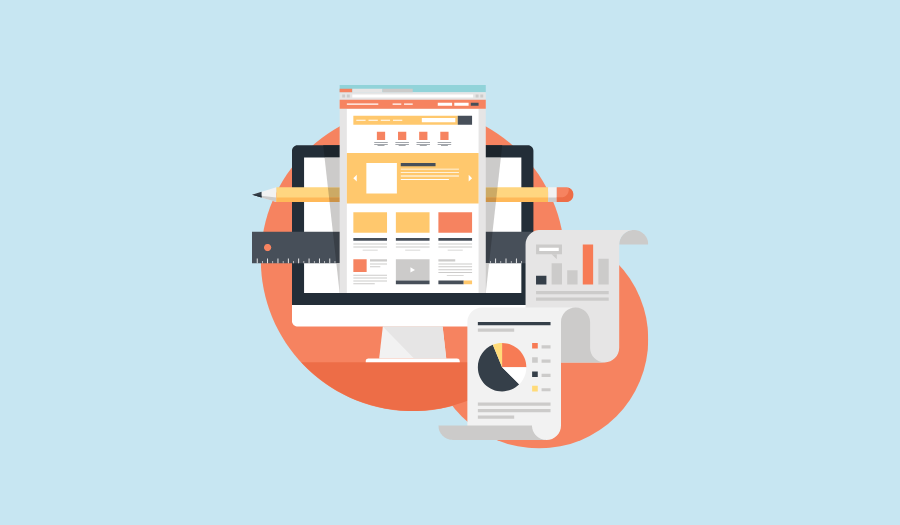
Design has always been an intuitive and creative process, driven by the designer’s vision and understanding of users’ needs. However, with the advancement of technology and the availability of user testing data, the field is evolving past intuition and creativity. Data-driven design has become an essential part of the design process, helping designers make informed decisions and improve the user experience.
What Is Data-Driven Design?
Data-driven design is a process that utilizes data to inform and guide design decisions. The data can come from various sources, including user research, analytics, and A/B testing. The goal of data-driven design is to create better and more effective designs by making decisions based on hard data rather than intuition or assumptions about users. Designers use the data gleaned from research to develop a clear understanding of user needs and goals. This keeps users at the forefront of the design process, leading to design decisions that create optimal user experiences.
Best Practices for Incorporating Data-Driven Design
- Start with user research: Before starting the design process, gather data on your target users through research methods such as surveys, interviews, or focus groups.
- Use analytics: Use analytics tools to track user behavior and gather data. Some crucial analytics include user flow paths, time spent on certain pages, and call-to-action performance.
- Conduct A/B testing: A/B testing is a powerful tool to track the performance of design variables to determine which iteration produces the best results.
- Continuously gather feedback and improve: Analyzing and implementing insights from user experience data will help you keep your brand relevant.
Benefits of Data-Driven Design
- Improved user experience: By using data to understand user behavior and preferences, designers can tailor products, services, and communications to their users’ needs, providing a better overall experience.
- Increased efficiency: Data-driven design helps designers make informed decisions, reducing the need for reiteration and rework. This leads to a more efficient design process and faster time to market.
- Increased user engagement: Data-driven design can help designers understand what motivates users to engage with a brand, allowing them to design for maximum engagement.
- Better design decisions: Data provides objective information to help designers make more informed decisions and avoid subjective biases.
There are many benefits to incorporating data-driven design into your UI/UX decision making and your approach to marketing. Gathering user data can be a complex science, but fortunately, there are platforms that can help you effectively gather data and launch it into action. HubSpot is a great example of a platform that offers endless opportunities to analyze behavior of potential and existing customers to maximize your inbound and outbound marketing strategies.
How Data-Driven Design Can Help HubSpot Users
- Personalization: By using data on user behavior and preferences, HubSpot gives you the opportunity to personalize the user experience and create more meaningful engagements with customers.
- Conversion optimization: Data-driven design can help you understand what drives conversions and improve the conversion rate of your website or landing pages within HubSpot.
- Improved user experience: HubSpot makes it easy to create designs that are tailored to user behaviors. Color choice, sizing, layout and even verbiage that is pleasant to users can improve the overall experience.
- Streamlined user pathways: Data-driven design helps reduce tension or frustrations that may affect user experience. For example, data can show if users don’t follow an intended pathway, which you can then redesign to better align with pathways users actually took.
- Increased user engagement: Data-driven design can make it easier for users to engage with products, increasing chances of engagement.
HubSpot provides a wide range of tools for data collection and analysis, including website analytics and customer feedback. With these tools, you can use data on customer behavior and preferences to inform design decisions. By following a data-driven approach with HubSpot, you can create more effective campaigns, landing pages, modules, and calls to action to improve your brand recognition, build trust, and make the user experience as seamless as possible.
Data-driven design is becoming increasingly important in UI/UX. By using data to inform the design process, you can improve user experiences and create more effective designs. Whether you are using HubSpot or your own data collection, these best practices can help you start incorporating data-driven design into your process and reaping its benefits.

